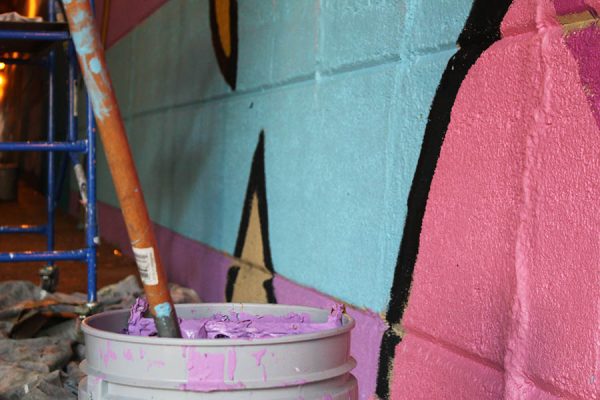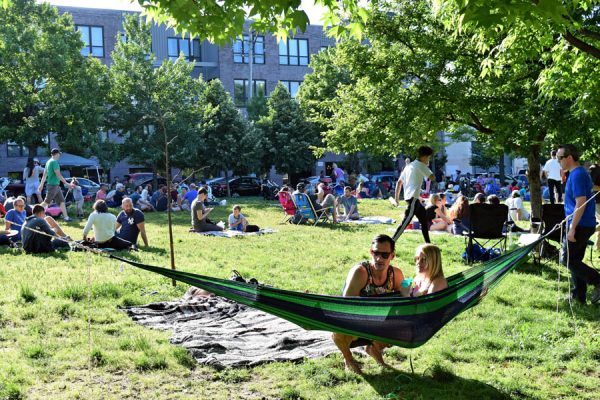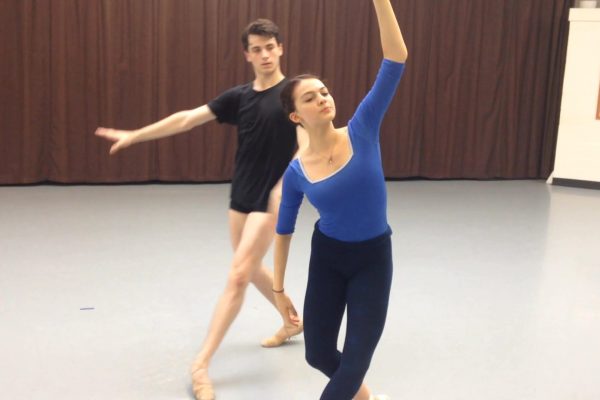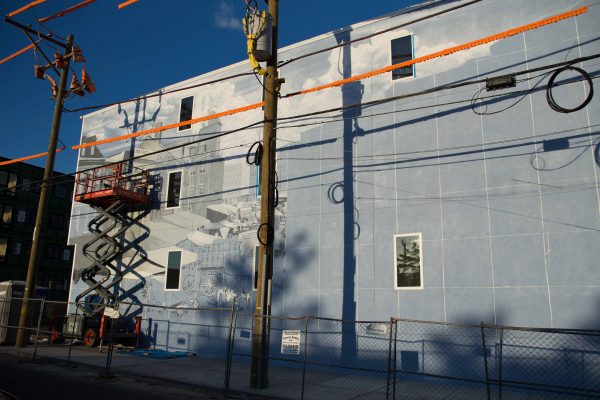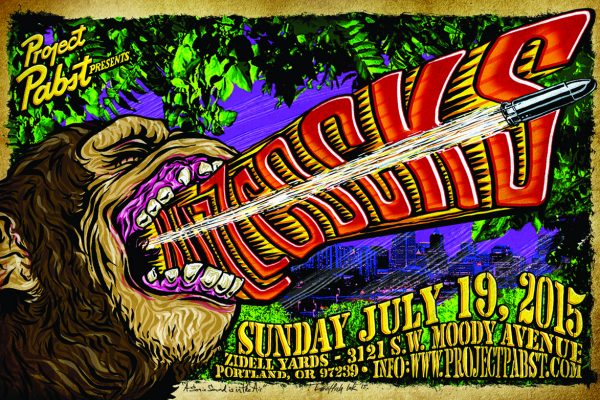Preserving Philadelphia’s Presbyterian Past
Philadelphia is a city of many unique pieces of public art. Iconic works like the LOVE statue or William Penn on top of City Hall are images that are important to our culture as Philadelphians and the history of our nation.
In the late 1800s, Alexander Sterling Calder was commissioned to create terracotta statues representing significant members of the Presbyterian Church who played key roles in the American Revolution and the development of the United States.
“The particular folks represented were really important for the kind of liberty that we enjoy in this country and it just so happened that they were Presbyterian,” said Samantha Piccolo, director of communications and development at the Presbyterian Historical Society (PHS). “All of that challenges us to preserve them for the past, but to also think about our present, and our future.”
The sculptures were designed to adorn the Witherspoon Building located at Walnut St. and Juniper St. The prominent figures portrayed are James Caldwell, John Witherspoon, Francis Makemie, Samuel Davies, John Mcmillan and Marcus Whitman.
By 1961, the statues had fallen into serious disrepair and the city decided to remove them from the Witherspoon Building for preservation and safety concerns. Each statue stands approximately nine-feet tall and would be potentially devastating if any collapsed onto the busy Center City street below. The statues were then donated to the Presbyterian Historical Society and installed outside their offices at 4th and Lombard Street in Society Hill.
At the time, measures were taken in an effort to address the decomposition of the pieces. Metal fasteners were installed to give the statues strength, but according to Piccolo, the expansion and contraction from years spent in the elements is one of the major factors affecting the statues today.
According to Piccolo, John Carr, Principal Conservator at Materials Conservation Co. (1625 N Howard St.) in Kensington, just happened to be passing by the statues in 2012 when he decided to pop in and alert the PHS to the fact that they had some very rare works of historical importance by Calder on their property and that if efforts weren’t taken immediately, these artifacts might be lost forever.
Materials Conservation recently hosted a semi-private event with the PHS to demonstrate how the project is progressing. The event was held at their shop in Kensington where the restoration is taking place and gave guests an up close view of one of the full statues and several pieces of the others.
The statue of John Witherspoon was assembled to give the guests an idea of just how large and iconic these works are. Also displayed were the top piece of Samuel Davies statue and the oversized hand of Francis Makemie.
According to Paul Mecray, III, board member of PHS, repairing these statues was a no brainer.
“We care deeply about preserving the treasures of Philadelphia,” Mecray said. “The decision to support this project was an easy one.” Mecray anticipates the project to be completed in approximately one year, with new landscaping, lighting and informative signage to enhance the visitor’s experience.
“We raised enough money to deconstruct them, bring them here to Kensington and a year from now, they’ll be back up again on Lombard St. in front of the Historical Society,” Mecray said. “We envision someday that there will be people coming perhaps on buses from the Philadelphia Art Museum to see these great works of art.”
Mecray also pointed out that it was Joseph Pew, founder of Sun Oil, who initially supported the removal and placement at PHS in 1961. Mecray worked to establish a challenge grant to fund the current project, and according to him, it’s now the Pew Charitable Trust that is matching their grant, and playing a direct role once again in preserving these statues.
The removal and restoration of these works of art is not an easy task and according to John Carr, who is in charge of the restoration, it is a very delicate process that requires planning and calculating how each action will affect the next step.
“Every action has a reaction, so you have to make sure in the protection and care that goes into conserving the piece, that you’re not doing something because it’s going to change the course of the future of these very important pieces of artwork,” Carr said.
According to Carr, the corroded ferrous fasteners will be replaced with titanium. He also points out that they are creating a “road map” for future repairs. Even though the statues are extremely important historically, Carr believes the right place for these works is outside for public view.
“It’s an outdoor sculpture, it’s robust, it’s intended to be outside, it should be outside. To be consistent in it’s removal and it’s handling… seeing it through to the very end, that’s really the hardest part of it because it involves a certain amount of calculated risk,” Carr said. “We need to secure these pieces because they are important to the city of Philadelphia.”


